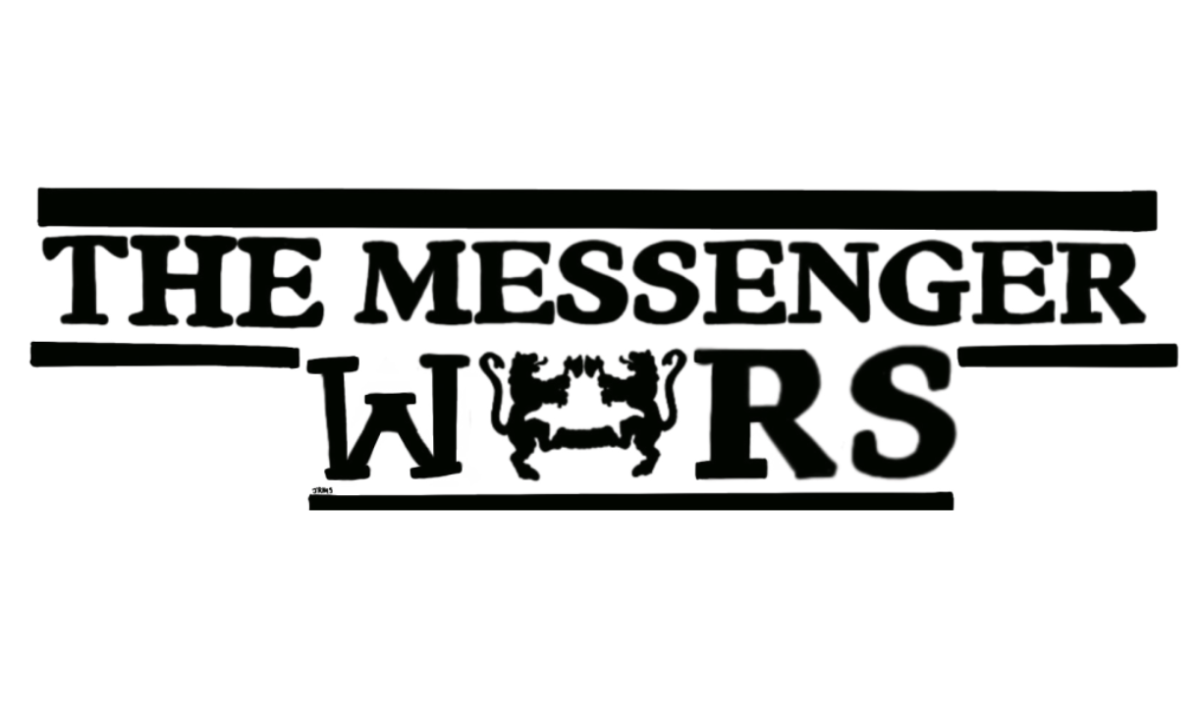Walt Disney Pictures has been known to produce films that revolve around a very standard plotline. In the past, Disney’s movies mainly featured the stereotypical, white prince and princess who join together in the face of adversity and fall in love afterwards. Most of these movies are modeled after classic fairy tales, including “Sleeping Beauty,” “Beauty and the Beast,” “Snow White,” “Cinderella” and “The Little Mermaid.” But in the past several years, Disney has begun to turn over a new leaf by creating films that break the stereotypical mold. Their latest picture, “Frozen,” is proof of that transition.
On the surface, “Frozen,” an adaptation of a fairy tale by the Danish author Hans Christian Anderson, does not seem to have a storyline or characters that are any different from past productions. It is about a queen named Elsa who rules over a mythical kingdom called Arendelle. She has the magical ability to form snow and ice. But when she loses control of her power and traps Arendelle in eternal winter, the queen and her sister, Anna, must find a way to bring back summer, assisted by Kristoff, an ice salesman, and a lovable snowman named Olaf.
Although “Frozen” does not seem to be an allegory for acceptance, there are numerous parts in the film that encourage inclusion. This is exemplified in Elsa’s signature song, “Let It Go.” She sings this number after she exposes her magic power to her kingdom, something she has avoided doing for her whole life.
Some consider the popular lyrics as representing Elsa’s sexuality. She sings, “Let it go/Turn away and slam the door/I don’t care what they’re going to say/Let the storm rage on,/The cold never bothered me anyway.” Critics have suggested that slamming the door could reference coming out of the closet, and the cold never bothering Elsa could mean that she no longer cares about the stigma of living her life as she wishes.
Indeed, Elsa never expresses an interest in finding a man to marry, even though she is the queen. In Disney movies of the past, finding a husband would be one of her main concerns. Instead, the focus of “Frozen” is more on discovering one’s individual identity than on meeting a knight in shining armor who can give one’s life meaning.
In addition to their unconventional take on romantic relationships, the filmmakers also emphasize the importance of family. In past Disney productions, it was the love that existed between the prince and the princess that solved the conflict. In “Frozen,” the familial love between Queen Elsa and her sister, Anna, ends the harsh winter and puts everything right in the kingdom once again. The film pokes fun at Disney movies of the past, in which the prince and princess meet, fall in love and get married without even knowing each other, by exposing the deception of Prince Hans. The plot reinforces the value that family bonds are as powerful, if not more so, than amorous relationships. It further exemplifies how Disney is now trying to break out of the hackneyed fairytale mold.
The makers of “Frozen” created the movie with undercurrents that celebrate pride in individual identity. They also glorify the bonds that exist within families. This film is an embodiment of Disney’s desire to be more progressive in their movies by encouraging people to look for the truly important things in life. The making of “Frozen” seems like the beginning of what could be a very meaningful shift from Disney’s old ways. See the film for yourself on Friday, March 7 at 7:30 p.m. in either Viking Theater or Tomson Hall 280.
Conor Devlin ’17 [email protected] is from New York City, N.Y. He majors in English.


